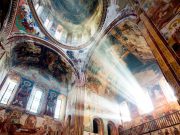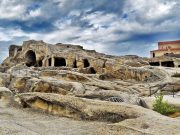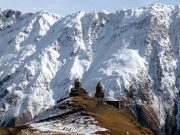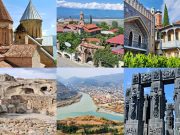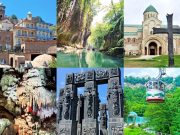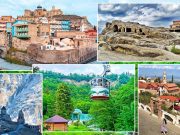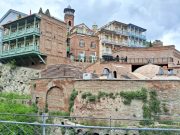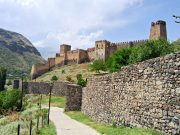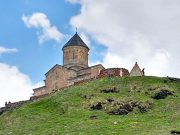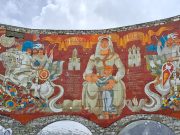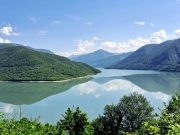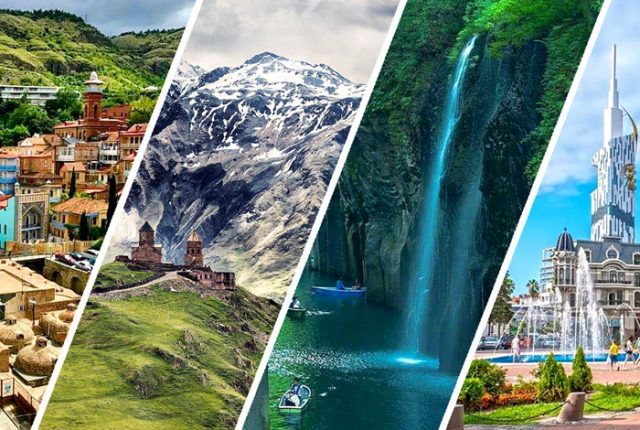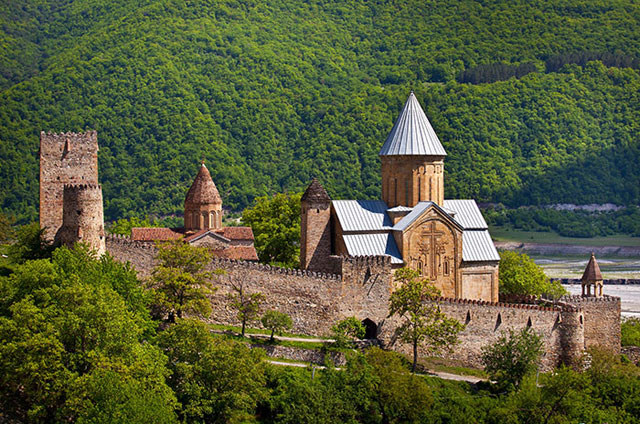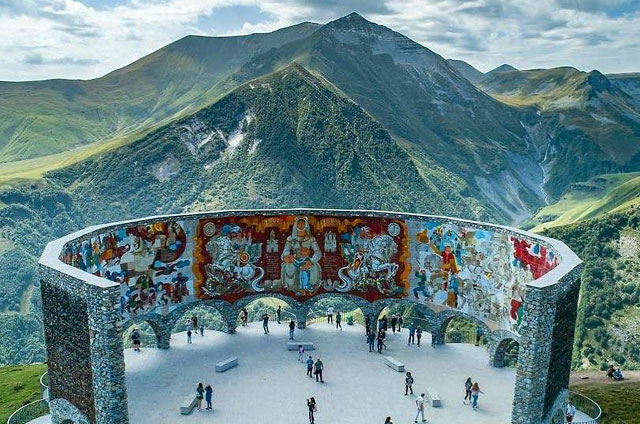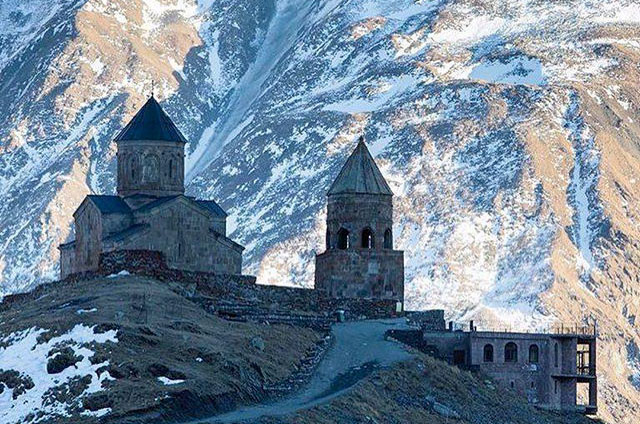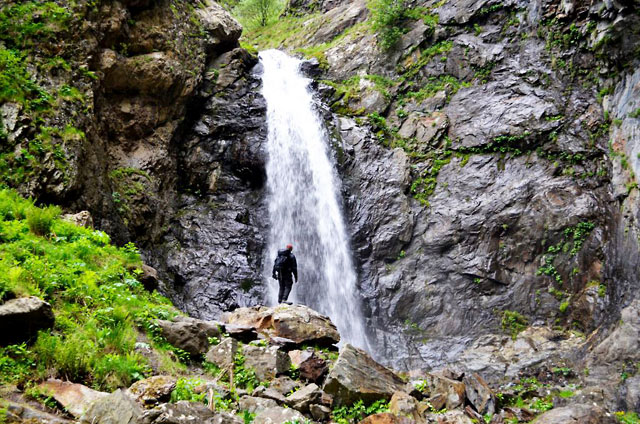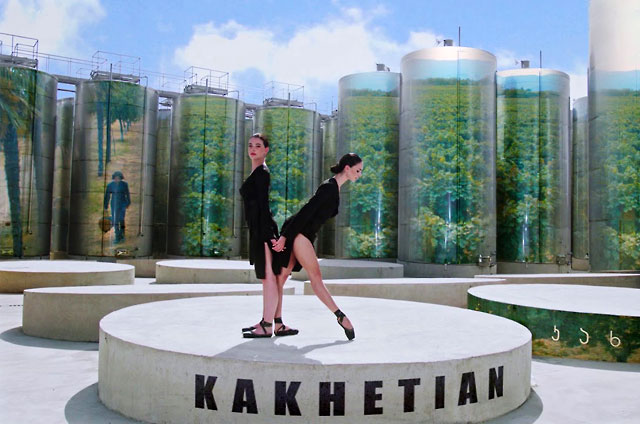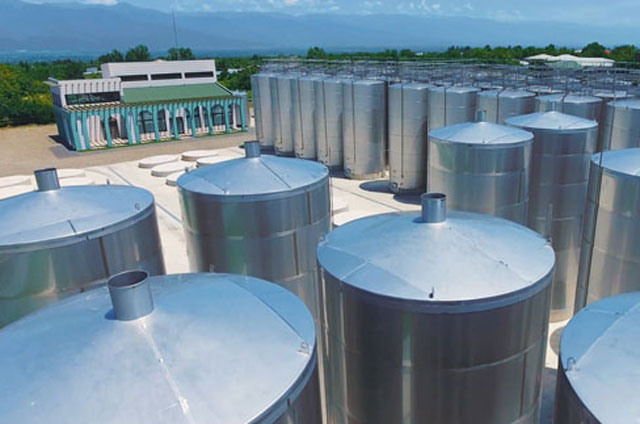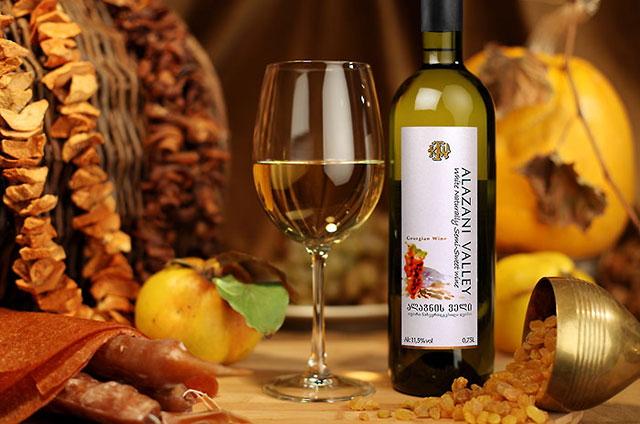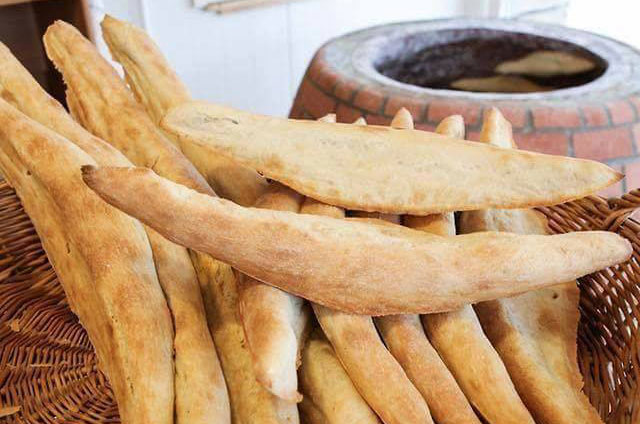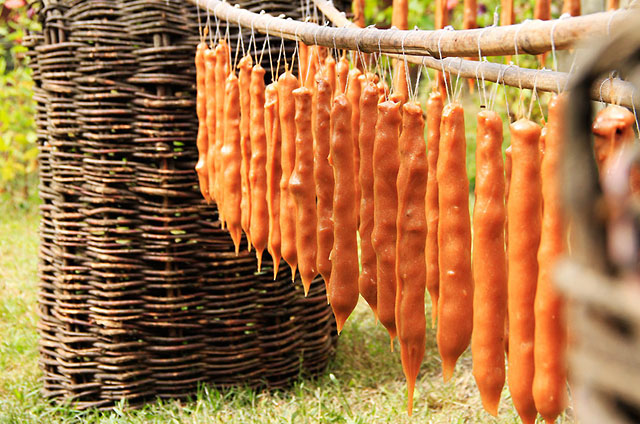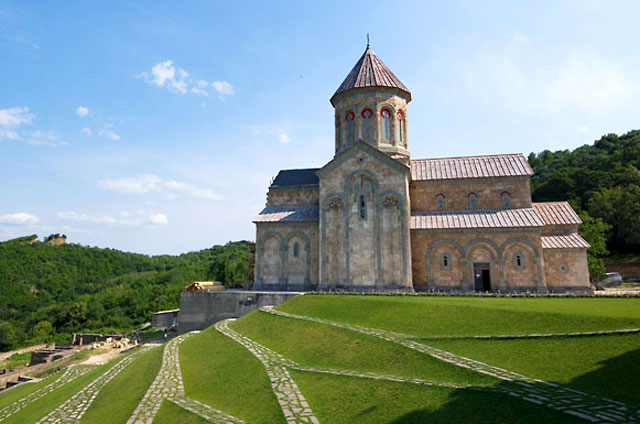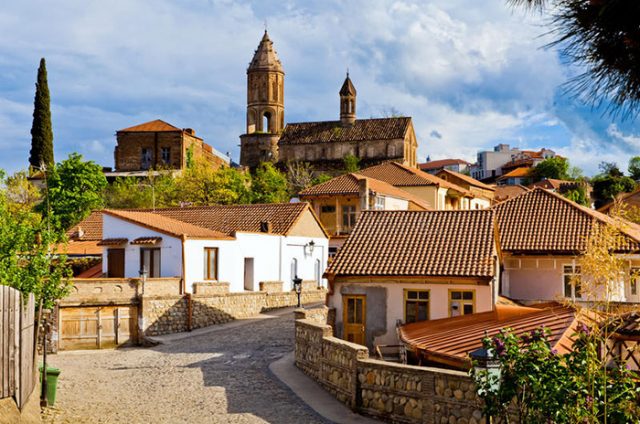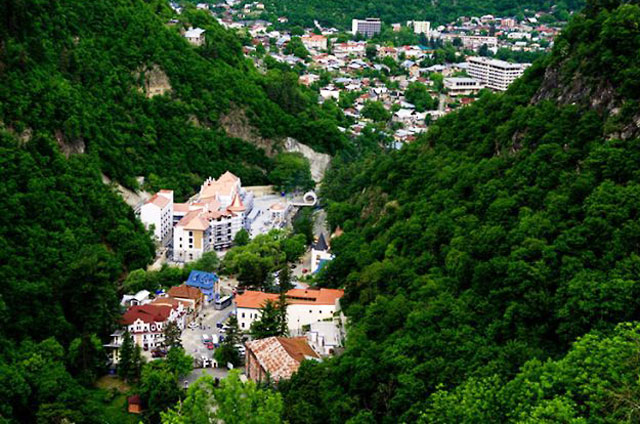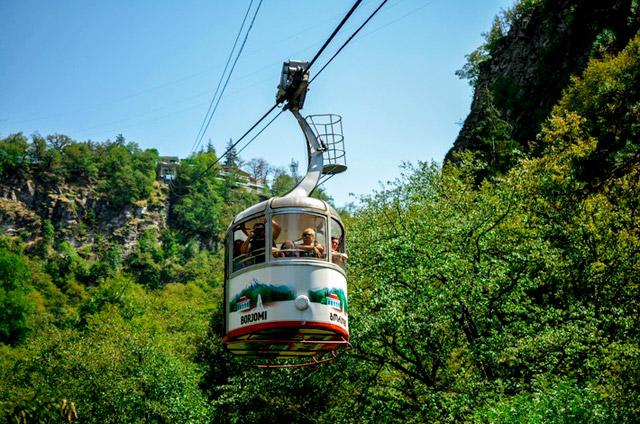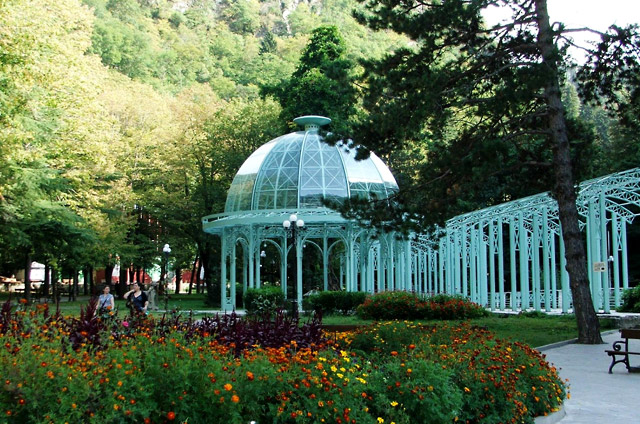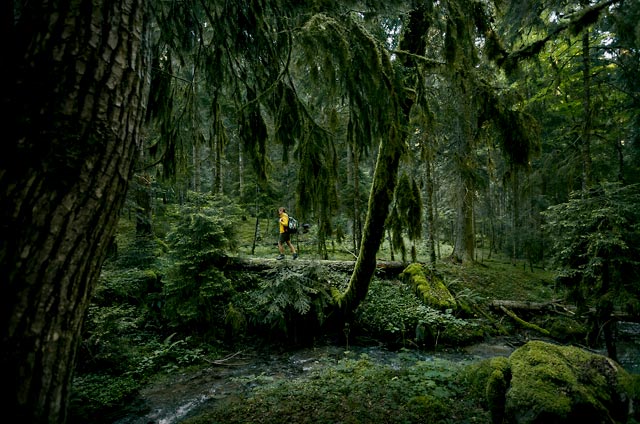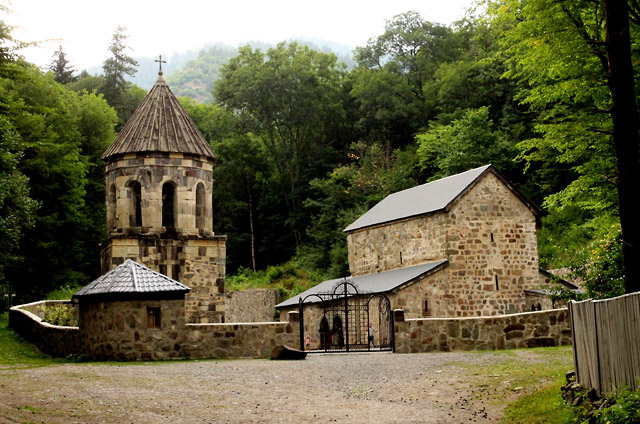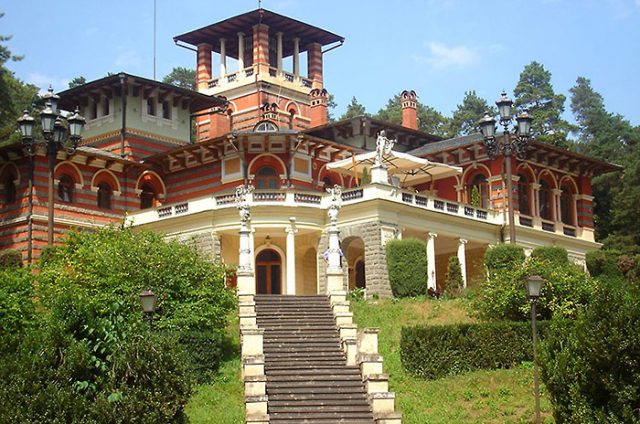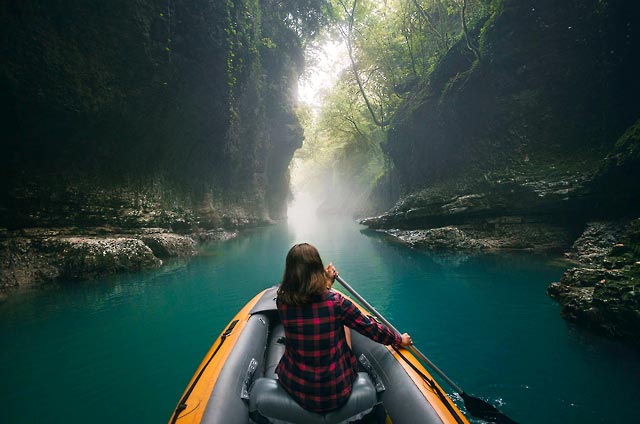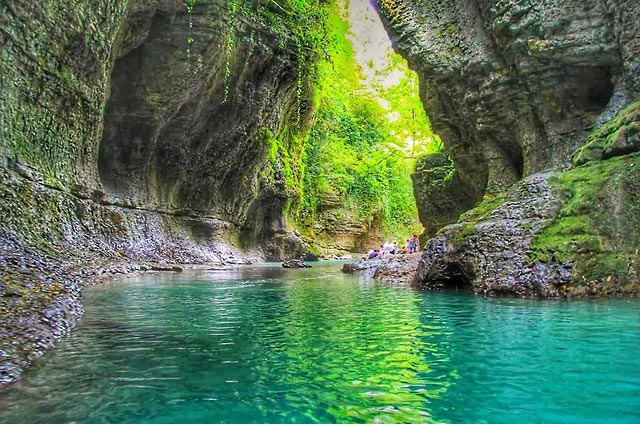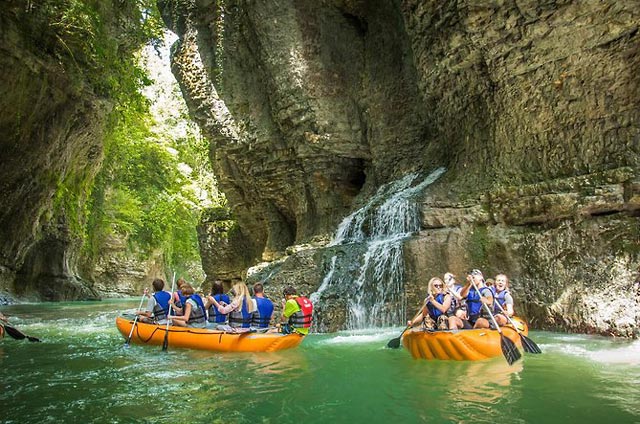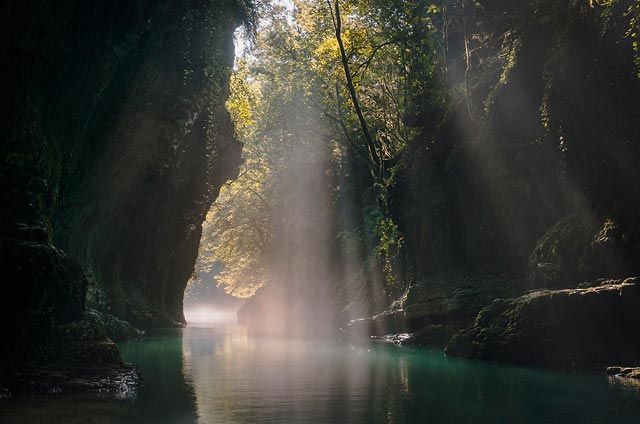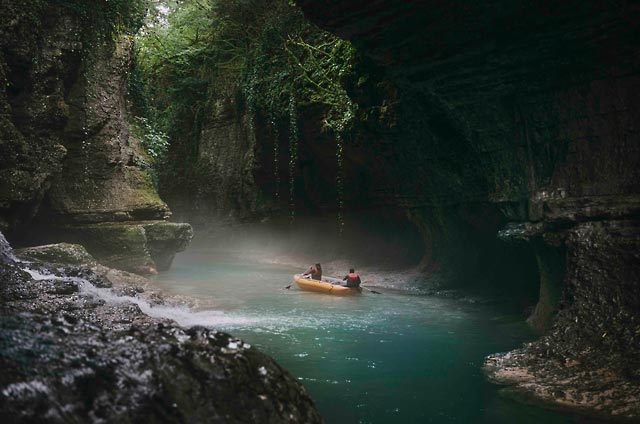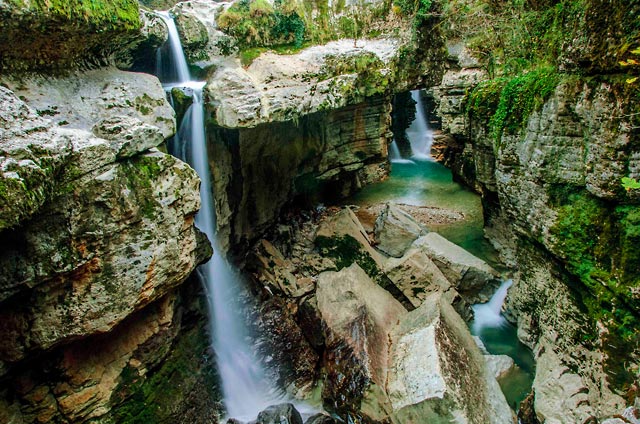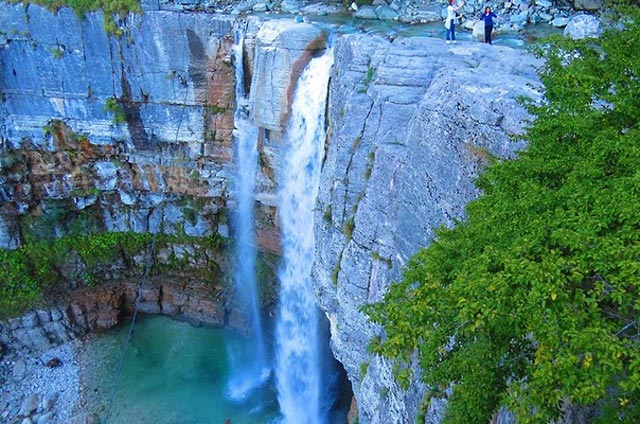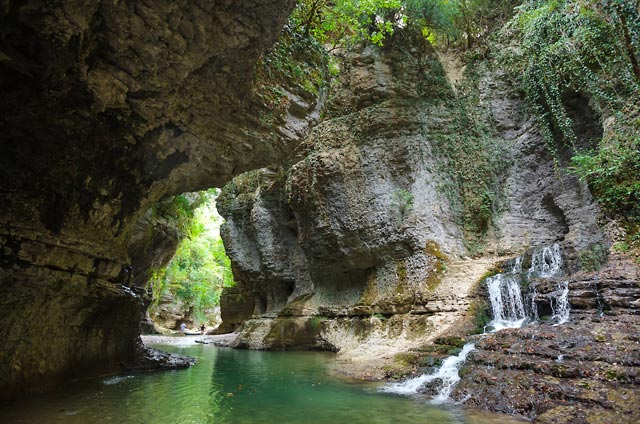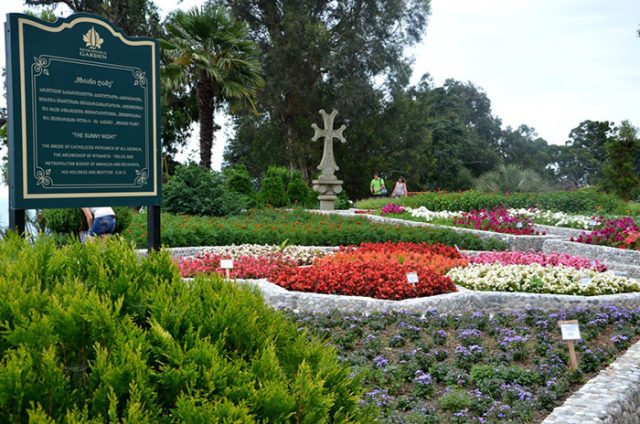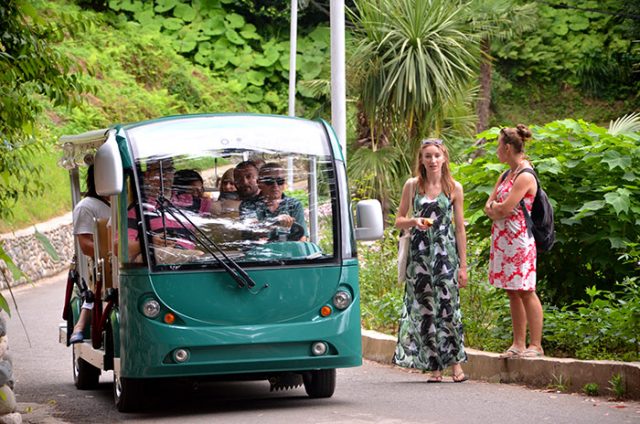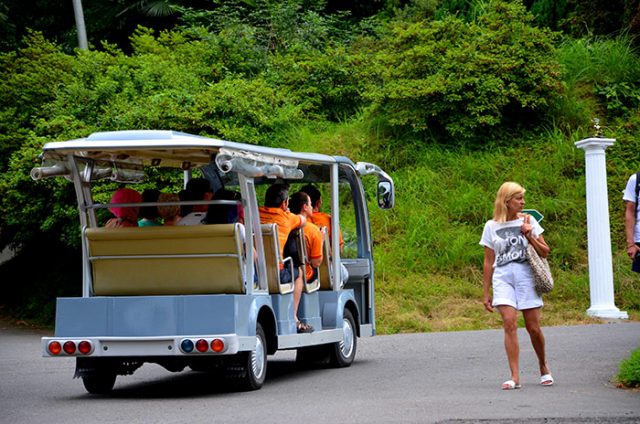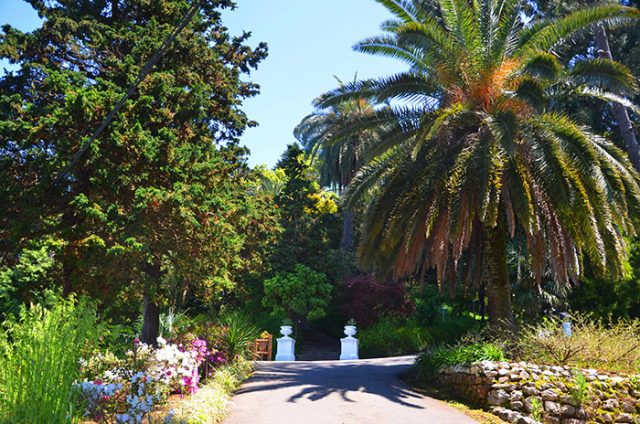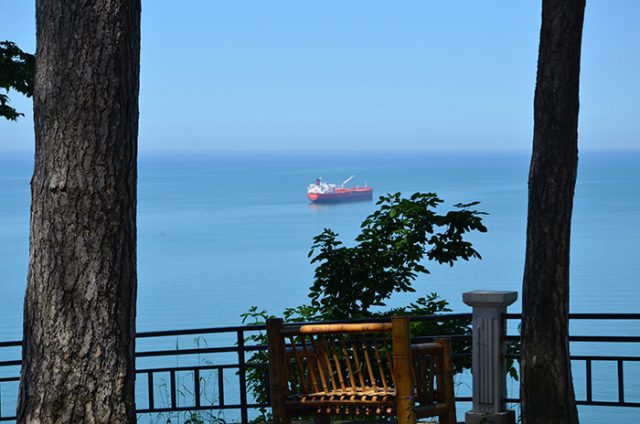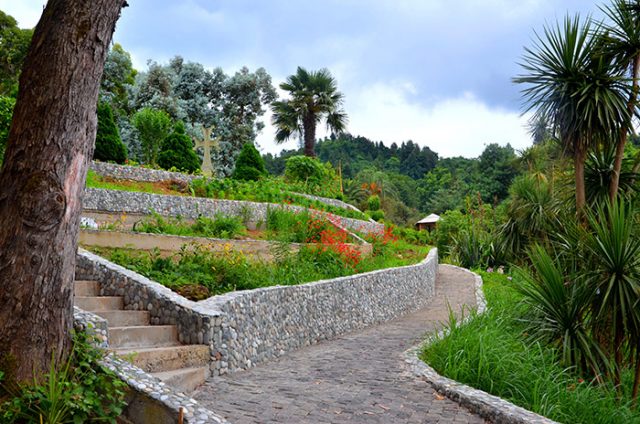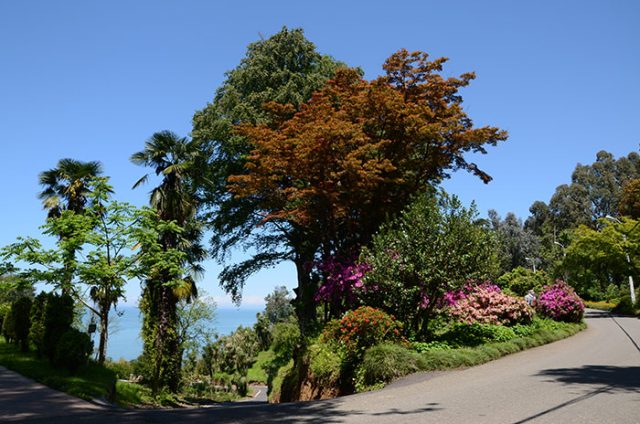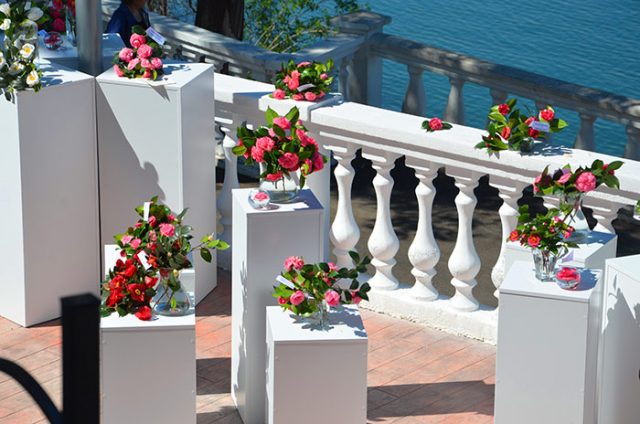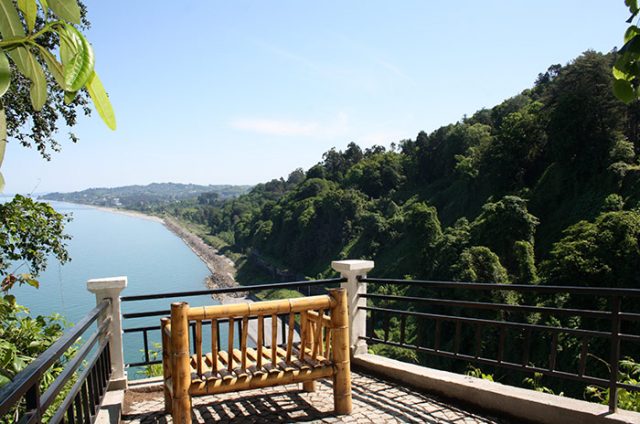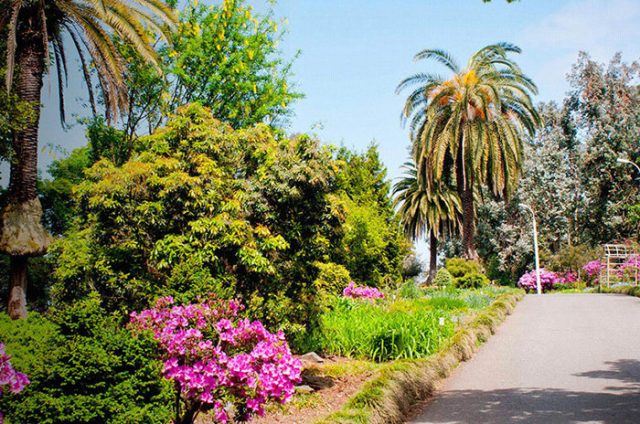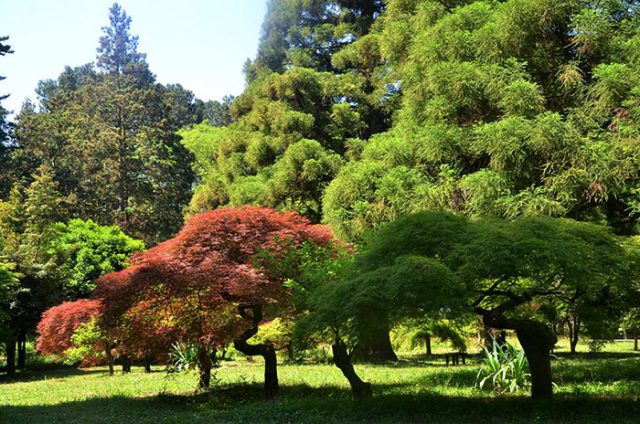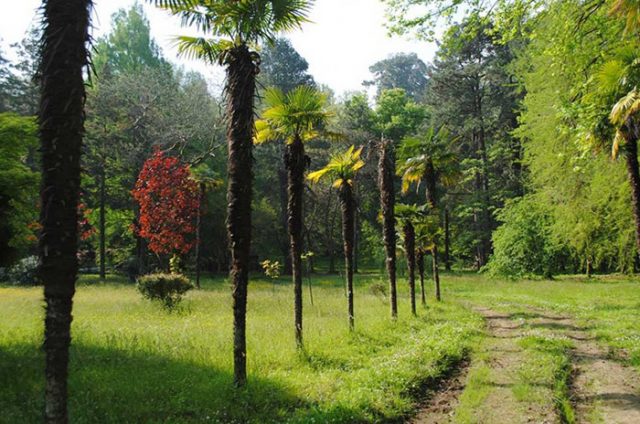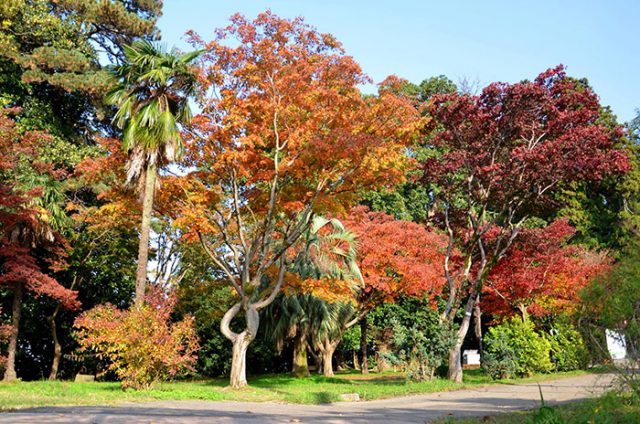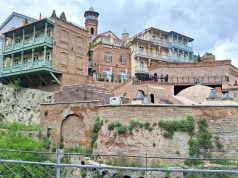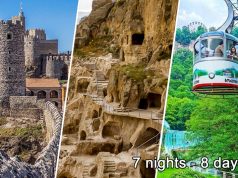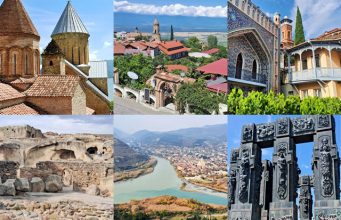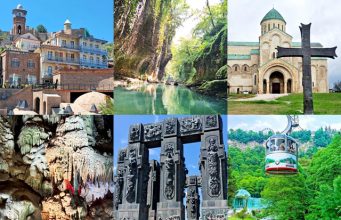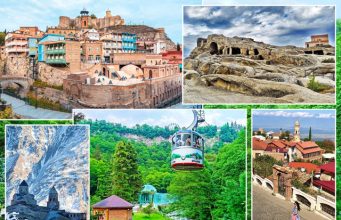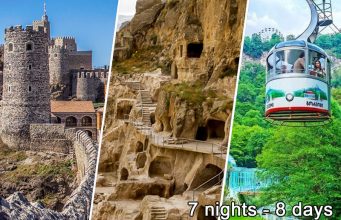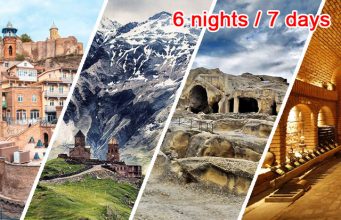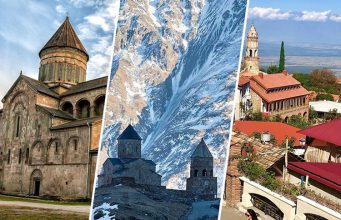Where to relax in the summer inexpensively and well? The best option is a tour to Georgia with seaside vacation in Batumi.
Day 1
Meeting at Tbilisi International Airport and transfer to the hotel.
Sightseeing tour in the historical part of Tbilisi
Metekhi Plateau – a historical district of Tbilisi, located on a cliff overlooking the Mtkvari (Kura) River.
Abanotubani (bath district) is a historical district in the center of Tbilisi, famous for its complex of baths, standing on natural sulfur springs. Baths form a separate quarter of the city, which is a popular place with many tourists.
Narikala Fortress is the most famous and ancient monument of Tbilisi antiquity, since the date of the construction of the fortress is called the 4th century. The original name of the fortress was Shuris Tsikhe (Invidious Fort, and it was a Persian citadel), and the modern name was given by the Mongols, capturing Tbilisi – “narin kala” in Mongolian means “Little Fortress”.
Sioni Cathedral (VI-XII century) – historically the main temple of Tbilisi, built in the name of the Assumption of Our Lady – one of the most famous monuments of the old city, named after the Mount Zion of Jerusalem. Among the relics, stored in the temple, is the ancient cross of Saint Nino, woven from vines, which, according to legend, the Mother of God handed over to St. Nina before sending her to Georgia.
The area of 3 churches – a place, where the Orthodox church, Synagogue and Mosque coexist nearby.
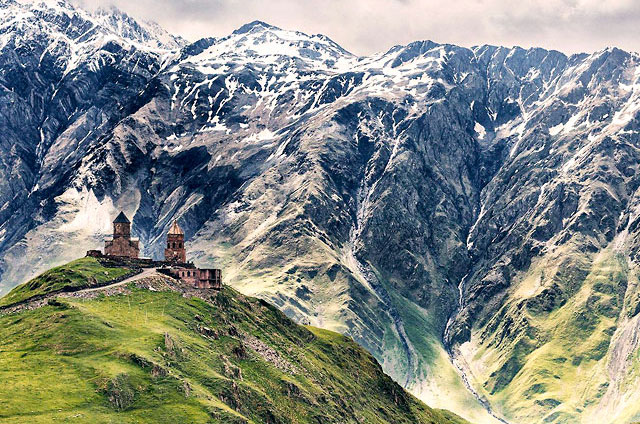
Day 2
Excursion to Kazbegi to Gergeti Trinity
After breakfast, departure along the Georgian military road towards Kazbegi (to Stepantsminda – an urban-type settlement, 160 km from Tbilisi).
On the way visit Ananuri fortress (XVI c). Ananuri Fortress is located in the village of the same name, 70 km from Tbilisi. Ananuri served as the main stronghold for the Aragvi eristavis, the rulers of this region. The fortress was built in the gorge of the two rivers Aragvi and Vedzatkhevi in such a way that not one army could pass by unnoticed. Ananuri Fortress played a significant role in numerous wars and has never been taken by storm in its history. Today it is one of the main points of tourist routes in Georgia.
Near the village of Pasanauri there is an amazing place that attracts thousands of tourists. This is the confluence of two rivers – the White and Black Aragvi.
The next stop is at the observation deck on the top of the mountain with a panoramic view, at the Arch of Friendship of Peoples. Located on the Georgian Military Highway between the ski resort of Gudauri and the Jvari Pass, the monument is a large circular stone and concrete structure overlooking the Devil’s Valley in the Caucasus Mountains.
Arrival in Kazbegi through the Cross Pass 2379 m above sea level. Ascent the Gergeti Trinity.
Among all the churches of Europe located in the Alpine zone, the Gergeti Trinity is located at the highest point – 2200 m. The church is located at the foot of the Mkinvartsveri peak (from the Georgian “ice peak” or “glacial peak”; Mount Kazbek is a dormant stratovolcano and one of the main mountains Caucasus, the third highest peak in Georgia and the seventh highest peak of the Caucasus Mountains).
Dinner (at your discretion) in Stepantsminda.
In the evening return to Tbilisi.
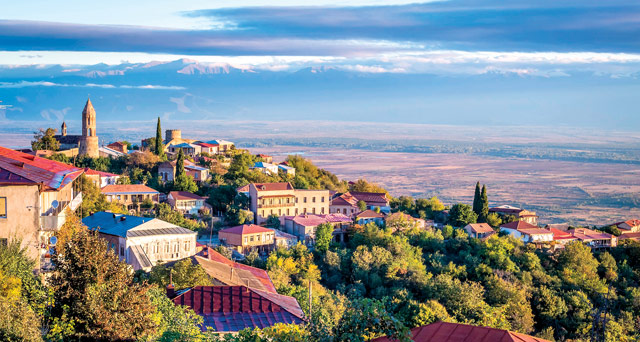
Day 3
Excursion to Kakheti
Visit to the winery KTW (Kakheti traditional winemaking), tasting several varieties of wine. On the way to Sighnaghi, stop in the village of Badiauri, where we will see how the Kakhetian “mother’s bread” (Dedas Puri) is baked, we will taste chacha – a Georgian strong alcoholic drink; at the stop you can buy spices, churchkhela – a traditional Georgian national delicacy.
Arrival at the Bodbe Monastery – a convent of the Bodbe diocese of the Georgian Orthodox Church. A Georgian Orthodox monastic complex originally built in the 9th century, it has been significantly remodeled, especially in the 17th century. The monastery now functions as a nunnery and is one of the major pilgrimage sites in Georgia, due to its association with St. Nino, the 4th-century female evangelist of Georgians, whose relics are shrined there.
Sighnaghi – the city of love, is located on terraces connected by winding steep streets. Although it is one of Georgia’s smallest towns, Sighnaghi serves as a popular tourist destination due to its location at the heart of Georgia’s wine-growing regions, as well as its picturesque landscapes, pastel houses and narrow, cobblestone streets. Located on a steep hill, Sighnaghi overlooks the vast Alazani Valley, with the Caucasus Mountains visible at a distance.
Dinner in a wine cellar with traditional cuisine and Kakhetian wine (at your discretion).
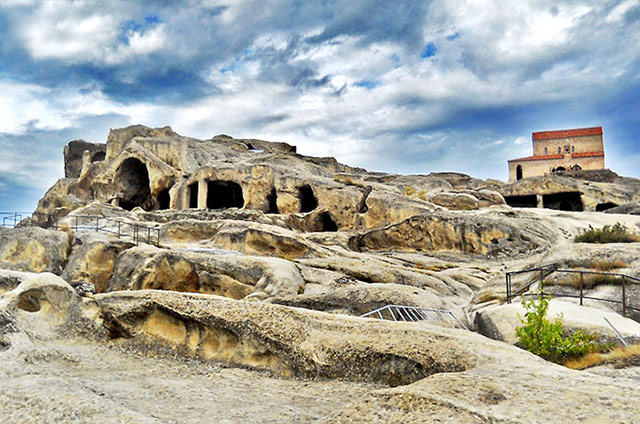
Day 4
Uplistsikhe – Borjomi
 En route we will visit the Jvari monastery (VI c.). Jvari is a rare case of the early medieval Georgian church, which has survived to this day almost unchanged. It is located on the top of a mountain, from the slopes of which one can see how the jets of two rivers merge – the Kura and the Aragvi.
En route we will visit the Jvari monastery (VI c.). Jvari is a rare case of the early medieval Georgian church, which has survived to this day almost unchanged. It is located on the top of a mountain, from the slopes of which one can see how the jets of two rivers merge – the Kura and the Aragvi.
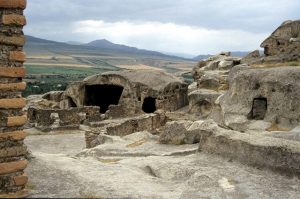 Uplistsikhe (literally “lord’s fortress”) is one of the rarest monuments in the world, the oldest cave city, one of the first cities in Georgia. The city arose at the end of the 2nd – beginning of the 1st millennium BC. and contains various structures dating from the early Iron Age to the late Middle Ages. The uniqueness of the monument lies in the fact that, due to its structure, it has preserved the remains of architectural and religious buildings built over several millennia. During its heyday, Uplistsikhe had more than 700 caves and cave structures, of which only 150 have survived to this day.
Uplistsikhe (literally “lord’s fortress”) is one of the rarest monuments in the world, the oldest cave city, one of the first cities in Georgia. The city arose at the end of the 2nd – beginning of the 1st millennium BC. and contains various structures dating from the early Iron Age to the late Middle Ages. The uniqueness of the monument lies in the fact that, due to its structure, it has preserved the remains of architectural and religious buildings built over several millennia. During its heyday, Uplistsikhe had more than 700 caves and cave structures, of which only 150 have survived to this day.
Arrival in Borjomi – a resort town in Samtskhe-Javakheti, famous for its mineral water Borjomi, which occupies the first position in export in Georgia. The Borjomi resort is located in the gorge of the Kura River, at an altitude of 810-850 m above sea level. Borjomi belongs to the group of low-mountain resorts and is surrounded by mountain ranges covered with coniferous and broad-leaved forests. The climate is moderate in both summer and winter. There are over 200 historical monuments in the Borjomi Gorge: fortresses, churches, monasteries. A special place among historical monuments is occupied by the palace of the Russian Romanov tsars, built at the end of the 19th century.
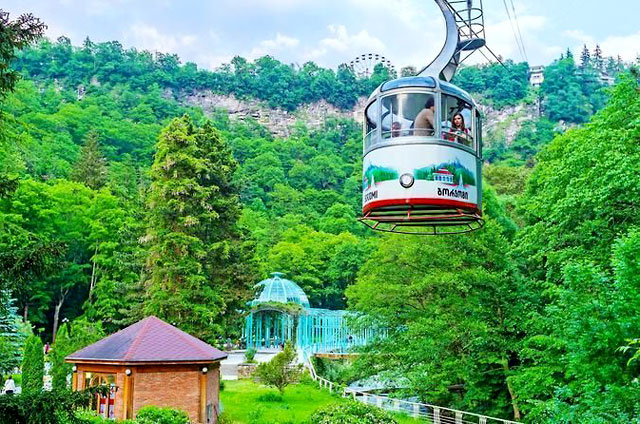
Borjomi-Kharagauli National Park – one of the largest national parks in Europe, includes six administrative regions, stretching from the resort of Borjomi to the city of Kharagauli. Its area is 5.3 thousand km². Its uniqueness lies in the diversity of geographical and ecological zones, landscapes, historical monuments and rich flora and fauna.
The park has a great bonus – Sulfur Pools. To get there, you have to walk along the river, through a beautiful pine forest, and such a walk is pleasant in itself.
Accommodation at the hotel and overnight in Borjomi.

Day 5
Martvili Canyon – Batumi
On the way to Batumi we will visit the Martvili Canyon.
Martvili Canyon is located in Martvili municipality, Samegrelo-Zemo Svaneti region. A 700 m long circular trail paved with stone starts from the tourist center of the Martvili Canyon and crosses the historical Dadiani trail.
There are 2 bridges, 3 observation platforms and a historic 30-step staircase built from large limestone boulders. Visitors can enjoy a 300-meter boat trip on the Abasha River and a beautiful view of the mountain river canyon.
Arrival in Batumi and accommodation at the hotel.

Day 6 – Day 7 – Day 8
Seaside vacation in Batumi
Excursion in Batumi.
If desired, you can order an additional excursion to the Batumi Botanical Garden, which is rightfully considered one of the most beautiful and largest in the world. The garden covers an area of more than 100 hectares, where more than 5 thousand different plant species from all over the world grow and you can get acquainted with the entire world flora.
Day 9
Transfer at Batumi International Airport.
The price will include: hotel accommodation with breakfast, private guide services throughout the tour, all transfers, wine tasting at KTW, entrance fee to Uplistsikhe, entrance fee to Martvili Canyon with boat trip.




